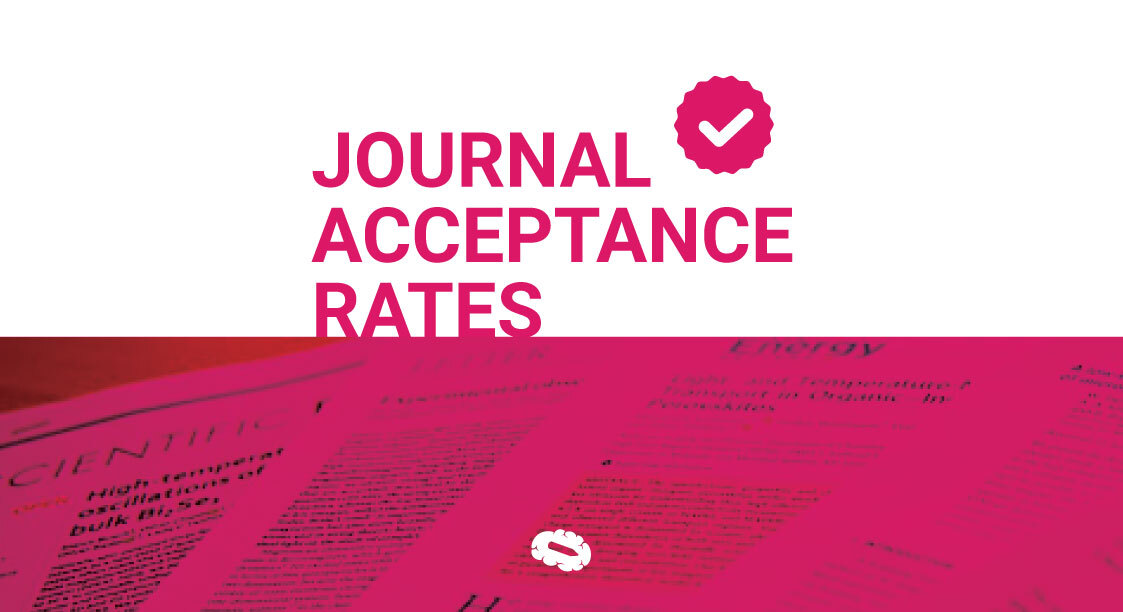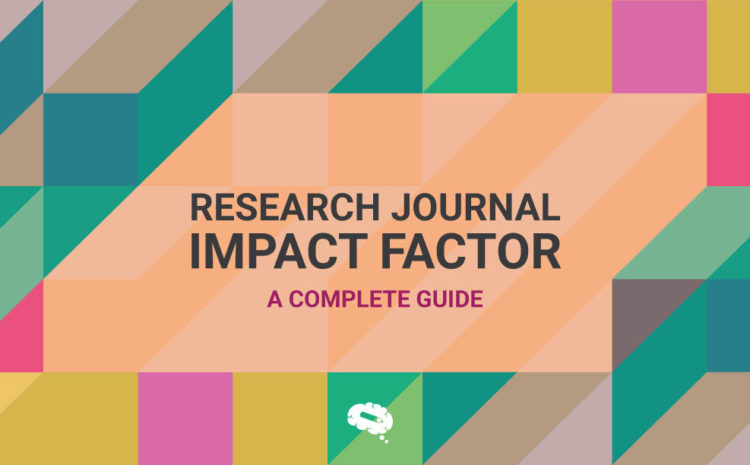Journals are responsible for publishing and disseminating research relevant to particular fields. The role of achieving the right information, that is selecting the research that should be published within the pages of the journal, is an integral part of that. The journal’s editorial review board will reject unsolicited submissions regardless of whether they have been peer-reviewed or not.
There is no fixed rate of rejection annually; it’s a range that naturally develops over time. Journals sometimes set monthly targets, but they are only used to note when rates fluctuate significantly, which occurs on a regular basis. Our focus in this article will be on the concept of journal acceptance rates, as well as how they are calculated.
Journal acceptance rates are used to measure what?
An acceptance or rejection rate is typically used by journals to assess the rate at which papers are accepted or rejected and to observe any patterns that might be noteworthy. A journal’s acceptance rate depends on the high standard of its submissions. Unlike impact factors, these rates are internally assessed quality control measures. (Learn more about Journal impact factor.)
A journal’s acceptance rate indicates what percentage of all submissions can be published. In deciding where to submit a manuscript, authors should consider this simple indicator. In order to assist submitters, ICSR strongly recommends that journal acceptance rates are easily accessible to the public.
Is it possible to find the acceptance rate of a journal?
In some cases, finding acceptance rates for particular journals based on specialized fields can be challenging. It is nevertheless crucial to enhance and secure a publication’s credibility. There is a common perception that journals with lower acceptance rates are more prestigious and more deserving. Low acceptance rates tend to be seen in large, established, and high-impact journals.
In most cases, journals do not publicly report acceptance rates because they believe low acceptance rates might deter authors from submitting their work. It is also important to note that journal editors decline manuscripts for several factors. Feedback is often provided to researchers in the form of helpful remarks. There are some niche journals that decline papers on the basis of their relevance.
Fake websites abound on the web, just as fraudster journals target academics seeking publication. Make use of well-known journal ranking resources when determining where to publish. In some fields or disciplines, acceptance rates are provided by many sources. These rates can be found using the following approaches:
- You can often find out the acceptance rate of a journal by contacting its editor.
- There may be databases within your field that contain information about acceptance rates for field publications.
- A journal’s acceptance rate can be found on its webpage on Google.
- In addition, you can search for acceptance rates of associated journals on the website of an association.
- For the MLA International Bibliography, the “Directory of Periodicals” provides acceptance data for literature, linguistics, and folklore journals.
How to calculate acceptance rates?
It is not common practice to use the same method to calculate acceptance rates. For a few journals, the rate is calculated based on all manuscripts received. In addition, the editor can choose which manuscripts are forwarded to reviewers so that the acceptance rate can be calculated from those which are reviewed in a shorter time period than the total number of submissions received. Furthermore, many editors use only approximate estimates of this data and do not keep precise records.
Each journal accepts a different number of manuscripts, based on several practical factors, such as the quality of manuscripts, the significance of the paper, and affiliations. The acceptance rate will be affected by each factor.
In order to calculate the acceptance rate of a journal, simply divide the number of accepted submissions by the number of received submissions. A journal’s acceptance rate, for illustration, is 5% if it accepts 50 manuscripts in one year and 1000 are submitted in that year.
50/1000 = 5% acceptance rate
Generally, there is a difference between 10-50% between acceptance rates for larger journals and smaller journals. There is a modest difference in acceptance rates between older and newer journals. While there is still considerable variation in acceptance rates among high-impact journals (3-50% acceptance).
Using the best and free infographic maker, you can communicate science visually
Illustrating your work visually can have a better impact on your readers as well as increase your visibility. You can do it easily and for free. With illustrations and posters, Mind the Graph can help you communicate scientific findings to a large community. We also offer customizations. A scientist’s time is precious, so let’s go!


Subscribe to our newsletter
Exclusive high quality content about effective visual
communication in science.




